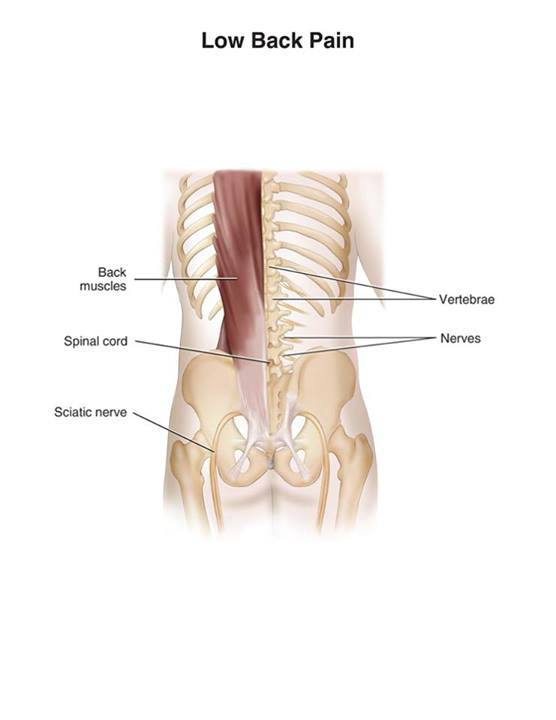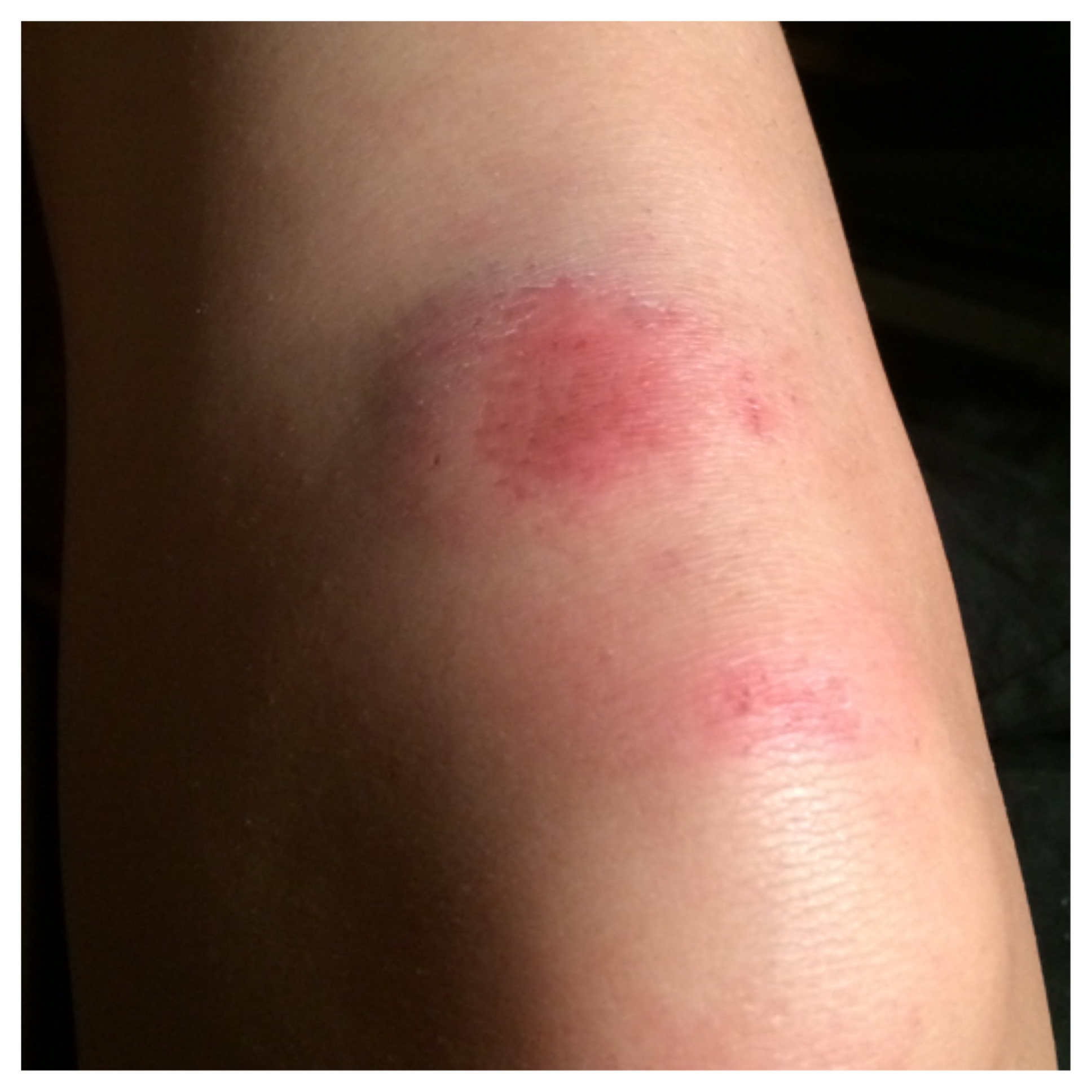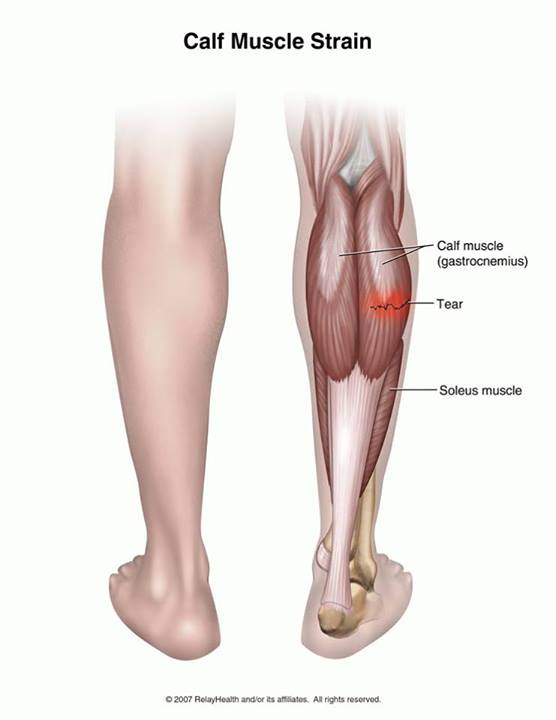Piriformis syndrome

What is piriformis syndrome?
Piriformis syndrome is a condition in which the piriformis muscle irritates the sciatic nerve deep in the buttock. This causes pain or tingling in the back of the hip that can often travel down into the leg.
Cauces of piriformis syndrome?
The piriformis muscle is located deep in the buttock and pelvis. This muscle allows you to rotate your thigh outward. The sciatic nerve travels from your back into your leg by passing through or next to the piriformis muscle. If the piriformis muscle is unusually tight or if it goes into spasm, the sciatic nerve can get inflamed or irritated. Piriformis syndrome may also be related to intense downhill running.
Symptoms of piriformis syndrome?
Symptoms include pain deep in your buttock that may feel like a burning pain. The pain usually goes down across your lower thigh. Your pain may increase when you move your thigh outward, such as when you sit cross-legged.
Diagnosis of piriformis syndrome?
Your healthcare provider will ask when your symptoms began. Since your sciatic nerve starts in the back, it can be irritated from a back injury, such as a herniated disk. Your provider will ask if you have injured your back or hip. He or she will examine your back to see if the sciatic nerve is irritated there. He or she will examine your hip and legs and move them to see if movement increases pain.
You may have X-rays, a CT scan, or an MRI of your back to see if there is a back injury.
Treatment of piriformis syndrome
To treat this condition:
- Put an ice pack, gel pack, or package of frozen vegetables, wrapped in a cloth on the area every 3 to 4 hours, for up to 20 minutes at a time.
Rest. - Take an anti-inflammatory medicine such as ibuprofen, or other medicine as directed by your provider. Nonsteroidal anti-inflammatory medicines (NSAIDs) may cause stomach bleeding and other problems. These risks increase with age. Read the label and take as directed. Unless recommended by your healthcare provider, do not take for more than 10 days.
- Do stretching exercises of the piriformis muscle.
After you recover from your acute injury, use moist heat for 10 to 15 minutes at a time before you do warm-up and stretching exercises. Do not use heat if you have swelling.
How long will the effects last?
The length of recovery depends on many factors such as your age, health, and if you have had a previous piriformis injury. A mild injury may recover within a few weeks, but a severe injury may take 6 weeks or longer to recover. You need to stop doing the activities that cause pain until your muscle has healed. If you keep doing activities that cause pain, your symptoms will return and it will take longer to recover.
When can I return to my normal activities?
Everyone recovers from an injury at a different rate. Return to your activities depends on how soon your nerve recovers, not by how many days or weeks it has been since your injury has occurred. In general, the longer you have symptoms before you start treatment, the longer it will take to get better. The goal is to return to your normal activities as soon as is safely possible.
You may safely return to your activities when, starting from the top of the list and progressing to the end, each of the following is true:
- You have full range of motion in the affected leg compared to the unaffected leg.
- Your leg is as strong as your unaffected leg.
- You can walk straight ahead without pain or limping.
How I prevent piriformis syndrome?
You can help prevent piriformis syndrome by stretching the muscles that rotate your thigh inward and outward. It is important to have a good warm-up before starting your sport or activity.











